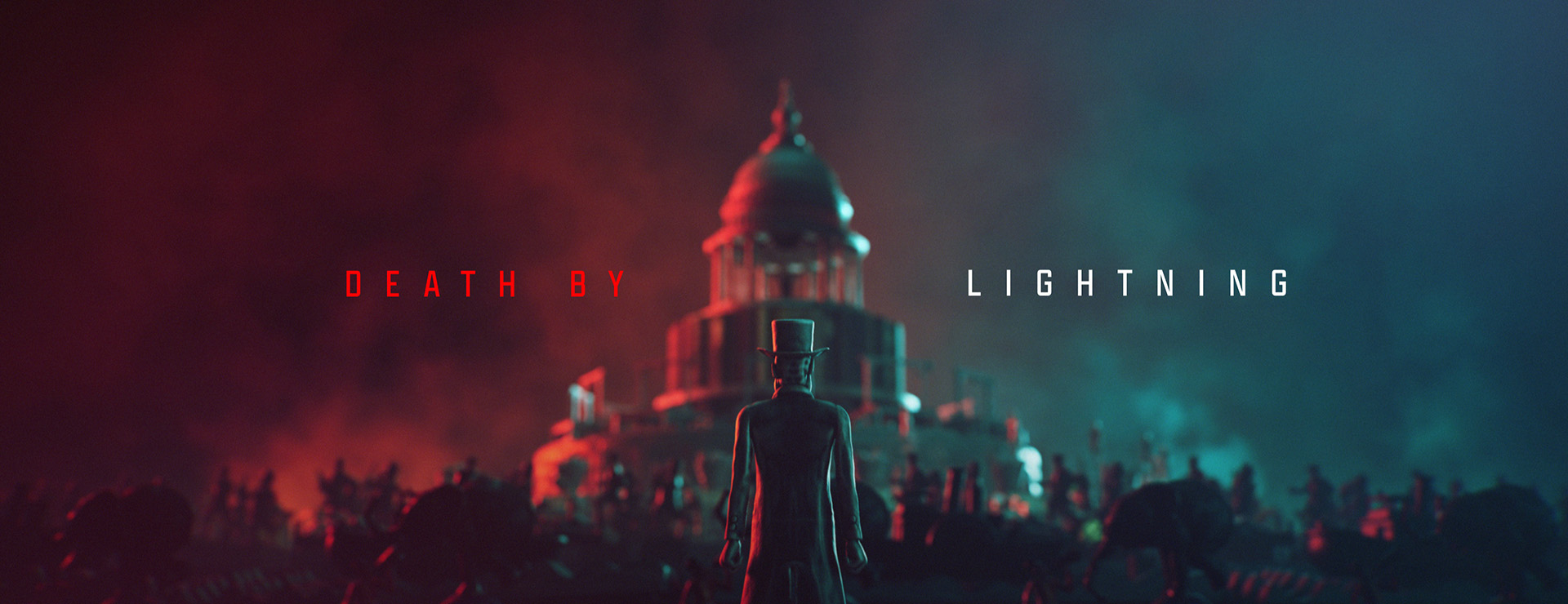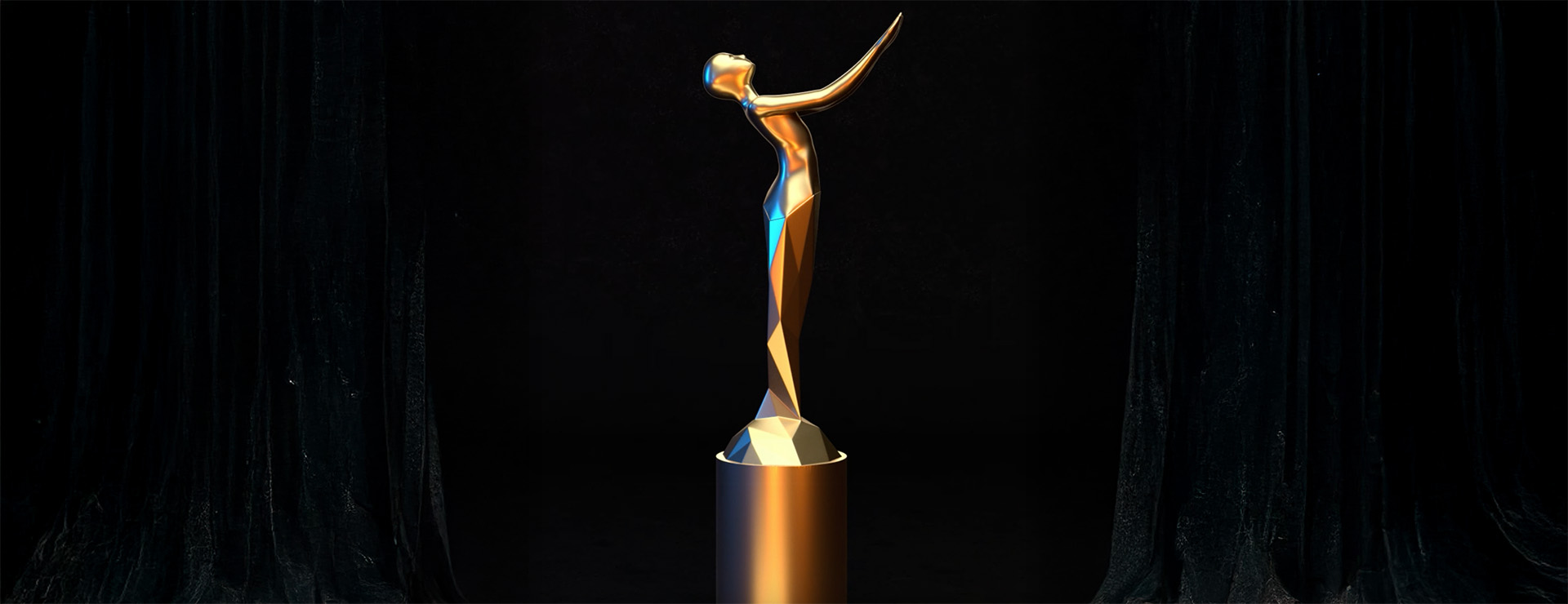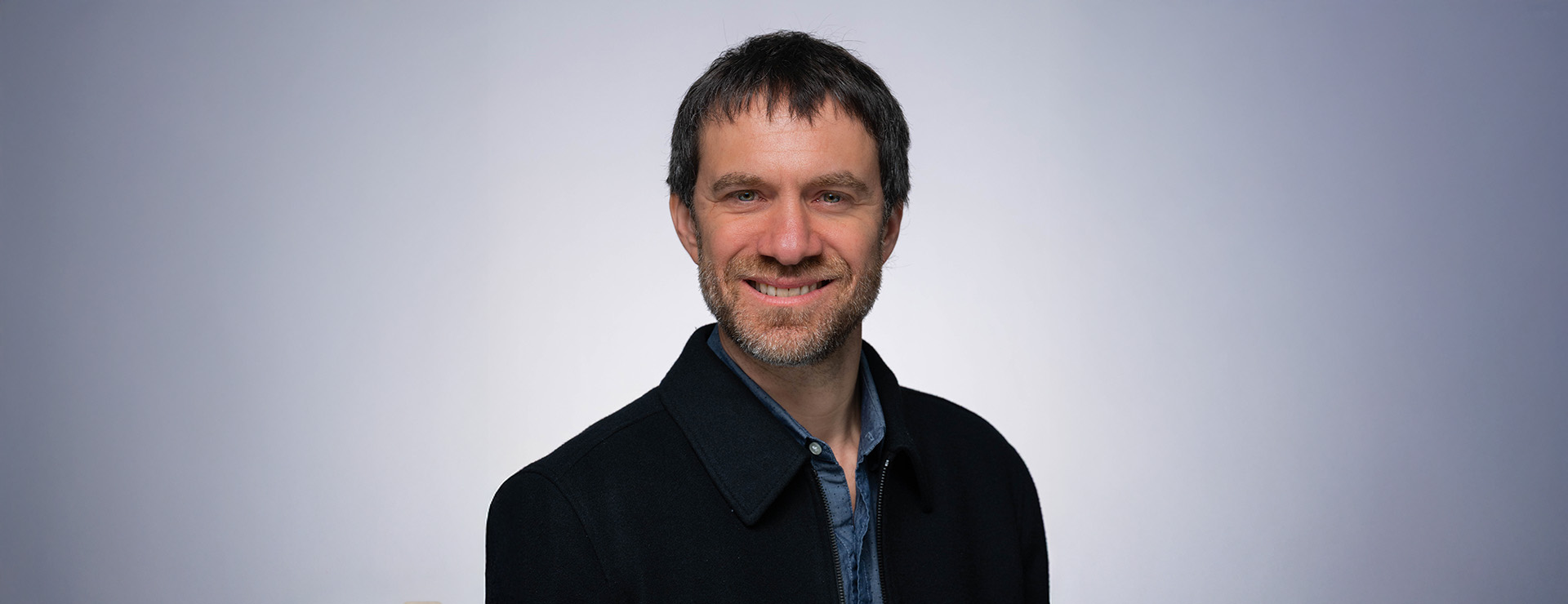Who’d have thought the movie of the moment would be the $2 million slasher sequel Terrifier 3, with Terrifier 2’s claim to fame that people who saw it passed out or puked in the theater?
Everywhere you look it seems like people are talking about Terrifier 3’s tiny production budget, even tinier marketing budget – $500,000 – and its outsize box office take: $41.5 million worldwide, $36.2 million domestically as of Monday, October 21. All of that as Terrifier 3 – featuring, of course, a serial-killer clown – stole the show from Joker: Folie a Deux starring Joaquin Phoenix, reprising his Oscar-winning title role, and Lady Gaga. In contrast, Joker’s all-in budget was an estimated $300 million. Through Sunday, Joker had pulled in $192 million globally.
The secret to Terrifier 3’s success lies in more than just fans’ desire to see some low-budget blood and gore. Its marketing was carefully cultivated across multiple platforms, including distributor Cineverse’s own streaming horror platforms and social media.
Lauren McCarthy, Cineverse Corp.’s senior vice president of marketing, shared some of those secrets with Spotlight by G.E.M.A.
Spotlight: You had a $500,000 marketing budget, but you also had a lot of your own platforms. For example, you've got horror streaming platform Bloody Disgusting. Could you talk about how you strategized the marketing of this movie in light of those budget constraints but also knowing that you would have excellent marketing opportunities across your own platforms?
McCarthy: I will die on this hill: the budget constraints are the thing that made the campaign as effective as it was. As Orson Welles said, the enemy of art is the absence of limitations. I believe that the limitations that we were given is what made the team as creative as we were.
The value of having our own media is that every impression counts when your budgets are low. So you have to figure out what our own internal channel value is just marketing across our owned assets and the value of our social media platforms that we already had in place. We also had to consider the value of Bloody Disgusting because we knew we could get a few takeovers there, which have a pretty high price for the studios, but we own it.
So when you look at the impression count and then add that to the budget, you basically double it. And we also have our own podcast network, Bloody FM, which is a top five or six podcast network.
Spotlight: How did you use all of those platforms together to efficiently market Terrifer 3?
McCarthy: We were able to build campaigns really quickly. If we saw something was hitting on social media or we saw a little bit of PR out there, we would turn that into a full 360 campaign with a lot of agility.
I think that's our secret sauce, that's what Cineverse brings to the table, specifically that on top of the very talented marketing and digital team who found an angle and found our fan base and figured out what they wanted and responded to it.
Spotlight: In one case, Terrifier’s Art the Clown stands in Manhattan’s Times Square, shaking his head while looking at a giant billboard for Joker: Folie a Deux. What are some ways that you guys were able to go out into social media, pivot to make it your own and get earned media out of it?
McCarthy: That is a perfect example of a full 360 campaign moment. That was one of the few out-of-home stunts that we did. We did a lot of stunts, but we did very little out of home. That particular activation was in partnership with our paid media agency, the Anti Agency Group. Art the Clown was all over Manhattan for a day. He went everywhere. He went to the Brooklyn Bridge, he went to the Lower East Side. He went to Times Square. On the day he was in Times Square, they captured him looking at that poster and shaking his head in perfect Art fashion.
Our entire campaign voice was built around Art the Clown's voice. He has a dark sense of humor, a silly personality, and he certainly would troll any other campaign out there, right? That's his MO so we are living and speaking in his voice. We get this video, which is absolutely perfect for his voice. And it's the day that all the reports are coming out that Joker is underperforming. So we are able to react to market conditions using a social asset with a clever caption about Art, pondering seeing an off, off, off Broadway musical. We boosted that so it became a paid campaign, which, as you know, boosts the organic. We then turned that into a CTV spot about the clown versus clown situation going on. We turned that into a podcast spot. And so then it becomes this whole 360 campaign around the idea that he's the top clown movie in America. We did this multiple times throughout the campaign.
Spotlight: When you guys are creating podcast spots and CTV spots, do those only live on your platforms, or do you take those out to other podcasts and CTV platforms?
McCarthy: We do run those spots on our own channels, obviously, but we are able to target others for podcasts.
Spotlight: I think one of the keys to this is the targetability that you're able to employ because you are using your own platforms. You're also working almost wholly in a digital environment, right? You're not doing any linear, you're not doing any print, or maybe you're doing a little, but most of this you can really target.
McCarthy: Yes, it was very targeted. Being digital first, we knew we would reach the audience the most effectively and efficiently. So that's the first piece. And then the media was really, really targeted, even the small amount of out of home we did was chosen carefully to get the most digital pickup. Everything was intended to feed the digital flywheel.
Spotlight: How did you determine who your target audience was?
McCarthy: We had a bunch of targets. We started with the trailer drop. There was a little bit of targeting in the trailer drop. That gave us the information we needed for the main flight. We were seeing that women, young women, were over-performing, and we were able to track that. We had data and different tracking services, and we were just seeing that the awareness with women and Latinx audiences were way over-performing.
We also made changes as we went because we were working with an amazing partner. Wrestling came up. [Wrestler] Chris Jericho [who appears in the movie] is a big deal. So we thought, ‘let's pivot a little bit and throw wrestling into the mix.' We looked at how wrestling overlapped with some of our other core demos and it does quite a lot, which is extremely helpful. Even as we follow weekend to weekend, we're continuing to adjust the targeting incrementally as we go forward.
Spotlight: Does that mean you can expand your reach as you go?
McCarthy: Yeah or we can drop an audience that isn’t performing and pivot those dollars over to an audience that is over-indexing.
Spotlight: Why did wrestling fans overlap so much with your key targets?
McCarthy: Brad Miska at Bloody Disgusting is really a genius at picking out a ‘PR moment’ and then leveraging it really quickly. So I started getting into that mindset as well. Chris Jericho showed up to our premiere party in a helicopter. I got this text that he was showing up in a helicopter and it was like ‘hi Chris, I just met you. But can you get video of this?’ That went immediately to our social team and he posted it on his account. We collaborated and now we’ve built full Chris Jericho content around just clips of him in the movie and we’ve shifted our targeting to include wrestling fans.
Spotlight: In what other ways did you work with Bloody Disgusting?
McCarthy: Brad and Tom Owen were great advocates for the fan base. Brad is an executive producer on the film so he was really helpful just about what's coming, what assets do we have, what's a terrible idea? And we definitely have a culture on my team of ‘bring your ideas.’ They might be terrible but we're all going to talk about it.
We also were able to leverage Brad and Tom for editorial and that's where things get awesome. For example, we discovered that fans were putting together a petition to get Art the Clown on Saturday Night Live. We thought that was a great idea and we were able to have Brad amplify that on [X] and then have our viral agency amplify it. That's all kind of our secret sauce – the editorial and the PR and the Bloody Disgusting side really amplifies things for the horror audience.
Spotlight: I heard on The Town podcast that Cineverse is considering doing a Christmas event around Terrifier 3, is that true?
McCarthy: There is absolutely a Christmas stunt in the works. I hope fans get excited about that, and we're working through the particulars right now, but this audience wants more, like these fans are wild, and I think it would be remiss not to focus on the fans as much as possible, because they are the driving force of this campaign. It’s all about what they want to see, the parasocial relationship that they want to have with Art the Clown himself drove so many of our tactics.
For example, we ended up doing a Venmo activation. Art the Clown was interacting with fans on Venmo in their text inboxes and fans were writing back. There was a hotline the fans could call into. We had 20 calls a minute at one point.
Spotlight: When you think about doing a Venmo activation like that, and then taking it back to the question around targetability, how do you merge those two things and why is Venmo a platform of choice?
McCarthy: Venmo is a platform of choice because it’s first to market. That's not something that's been accessed before. So we thought that would just be unique. And these films are so specific and such a ride and so unique in themselves, we could not just replicate the studio playbook. We had to comment on that – not only did we have to do something different, but we had to kind of poke fun at it. It was all in good fun, nothing was ever mean-spirited.
We saw very specifically that this fandom – which grew by 100% on our socials within weeks of the release of this movie – we saw that the fandom was there, and we saw what they wanted. And they wanted to talk to Art. They live for the comments, they live for the shares and the people replying to their DMs.
I think there were two sides of the coin here. There was the tech-company style, razor-sharp targeting due to the restrictions that we had on the budget. And then there was also the heavy- handed fan engagement 24/7 community management by our brilliant digital team, Robyn Klingelhoefer, manager, digital marketing and social media, and Camila Mejía Duque, manager, digital marketing and channel growth. They did such a brilliant job and that informed every single piece of the campaign, from the downloadable street art that we have on the website and the website itself being more of an interactive enclave than your typical studio website. Every piece of this was dictated by the question of ‘what are the fans saying?’
Spotlight: Knowing that you were going to do this campaign in this very agile and reactive way, how did you initially plan? How did you know where to start knowing that it was going to be this ever-changing target you were going to be chasing?
McCarthy: You sound like our leadership (laughs). They were so concerned but we started with really clear objectives and a campaign voice and messaging. That was our North Star and everything just always laddered up to that. If there was a crazy idea, it was ‘okay, how does this support our campaign objectives? How does this support the overall guiding vision of the campaign and how does it get people into theaters, which is the ultimate objective.
Spotlight: How would you say you activated the fandom in service to this movie?
McCarthy: If I had to give a piece of advice to marketers about fandom, it would be that they should listen to their fandoms. You have to listen to the people who love the movie, and you have to give them what they are wanting. That's the only way to activate a fandom.
Spotlight: Do you think any piece of this has anything to do with traditional theatrical marketing?
McCarthy: All of the pieces of traditional theatrical marketing are there, right? We still trailered, we still did exhibitor marketing. It just had our own slant on it. We still did out of home, we still did a media spend, we still leveraged everything we own in our own network the way Disney does. We just did it our own way.
Now the trick is activating our streaming channel that is run by Bloody Disgusting, Screambox, and getting this audience that we've built and grown to watch the rest of the curated horror content that we have.
Spotlight: Was getting people to subscribe to Screambox the initial goal for you? Or is that sort of a secondary goal?
McCarthy: There are campaign goals, which are focused on the movie that I built in partnership with Danielle Canepa, who runs release strategy for us. And then there are company goals that I'm getting from working with leadership, programming and Bloody Disgusting. My team covers more than just the release. It also covers our channel. So we always have this higher objective in the back of our minds.
It's gone way beyond the gore for us. It's way more about the fun and the ride and just continuing an experience outside of the screen.















